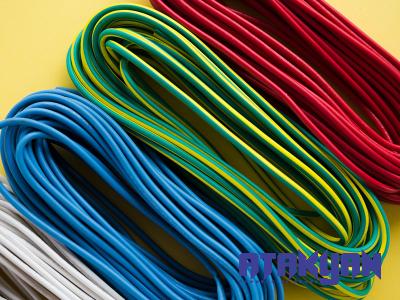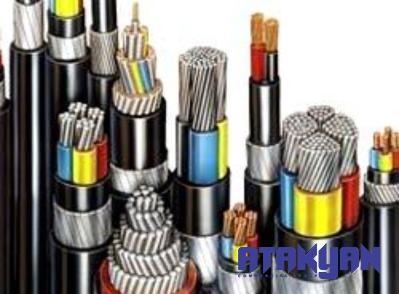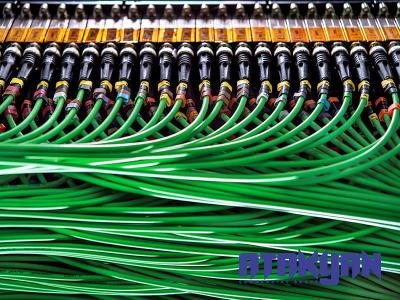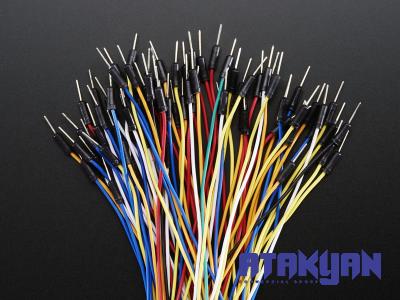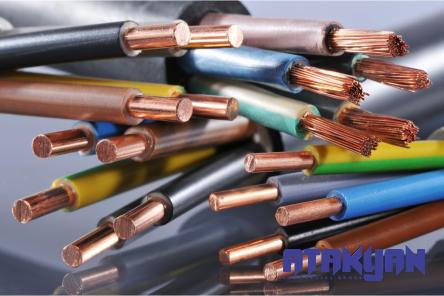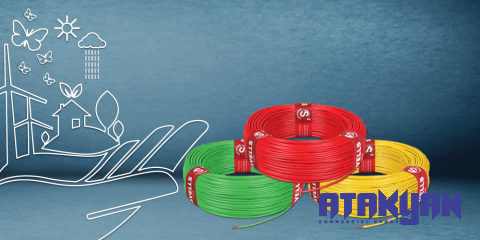Welding is a specialized process that joins metal pieces together using heat and pressure. It is widely used in various industries, including construction, automotive, and manufacturing. To ensure the efficiency and quality of the weld, it is essential to use the right tools. In this article, we will discuss the tools used in the welding process, the factors to consider when buying these tools, and the typical prices.
1. Discuss Tools Used in Welding Process
Welding involves various tools that aid in the joining of metal pieces. Here are some of the most commonly used tools in the welding process:
a. Welding Machine: A welding machine is the primary tool used in welding. It generates an electric current that produces heat, melting the metal pieces. There are different types of welding machines, such as stick welders, MIG welders, and TIG welders, each suitable for specific applications.
b. Welding Helmet: A welding helmet is crucial for the welder’s safety. It protects the eyes and face from the intense light emitted during the welding process. Modern welding helmets come with auto-darkening filters that adjust the shade based on the arc brightness, offering better visibility and convenience.

c. Welding Gloves: Welding gloves are specially designed to protect the hands and arms from sparks and heat. They are made from fire-resistant materials such as leather or Kevlar, providing both safety and dexterity.
d. Welding Jacket: A welding jacket is worn to protect the upper body from sparks, heat, and potential burns. It is typically made from leather or flame-resistant fabric and comes with long sleeves and a high collar for maximum coverage.
e. Welding Apron: A welding apron provides additional protection for the lower body. It safeguards the legs and torso from sparks, hot metal, and welding splatter. Like the welding jacket, it is also made from fire-resistant materials.
2. Buying Tools Used in Welding Process
When purchasing tools for the welding process, it is important to consider several factors to ensure you get the best value for your money. Here are some key points to keep in mind:
a. Safety Features: The safety of the welder should always be a top priority. Look for tools that have adequate safety features such as auto-darkening filters in welding helmets, heat-resistant materials in gloves and protective clothing, and reliable grounding systems in welding machines.
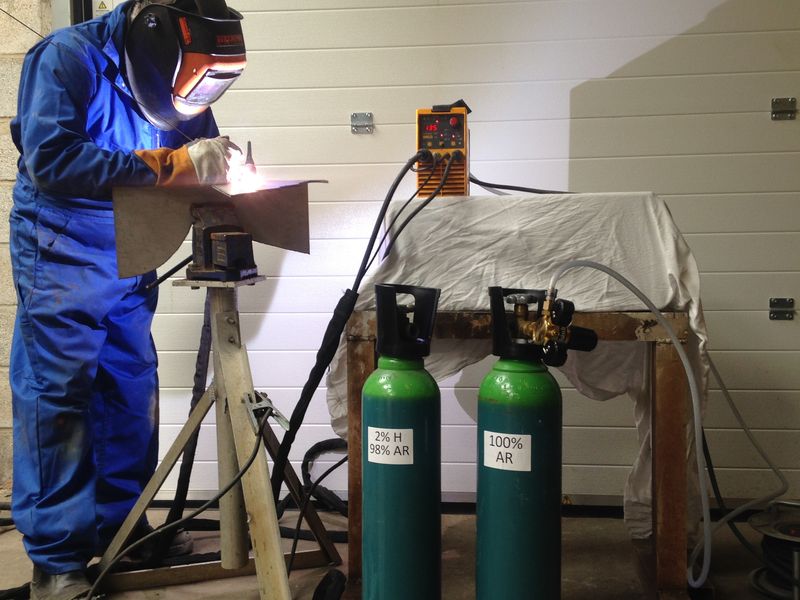
b. Quality and Durability: Welding tools are subjected to harsh conditions, so it is crucial to invest in high-quality and durable equipment. Check for reputable brands known for their reliability and longevity. Reading customer reviews can also give you insights into the performance and durability of specific tools.
c. Compatibility: Ensure that the tools you purchase are compatible with the welding process you will be performing. Different welding techniques might require specific machines and accessories, so be sure to select the appropriate ones based on your needs.
d. Ergonomics: Comfort and ease of use are important factors, especially for professionals who spend long hours welding. Look for tools that have ergonomic designs, adjustable features, and user-friendly interfaces. This will help minimize fatigue and improve overall efficiency.
3. Price of Tools Used in Welding Process
The prices of welding tools vary based on factors such as brand, quality, and features. While it is tempting to opt for the cheapest options, it is essential to strike a balance between affordability and quality. High-quality tools often have better safety features and longer lifespans, resulting in better performance and cost-efficiency in the long run.
To give you an idea of the price range, here are some examples:
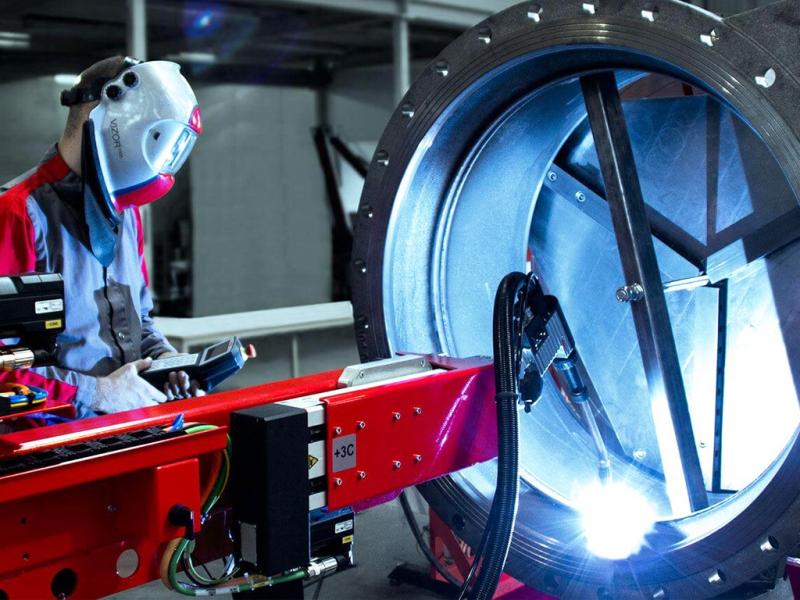
– Welding machines can range from $200 for basic models to $2,000 or more for industrial-grade machines.
– Welding helmets can be found in the range of $50 to $500, depending on the features and brand.
– Welding gloves usually cost between $10 and $50, with higher-priced options offering better heat resistance and dexterity.
– Welding jackets and aprons can be purchased for around $30 to $100, depending on the material and quality.
It is worth noting that these prices are approximate and can vary based on local availability and market conditions.
In conclusion, welding is a critical process that requires the use of specific tools to ensure successful and safe welds. By understanding the various tools involved, considering the factors when buying, and being aware of the typical prices, welders can make informed decisions when purchasing their equipment. Investing in high-quality tools not only enhances productivity and efficiency but also prioritizes the safety of the welder, making it a worthwhile investment in the long run.

